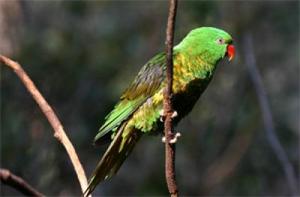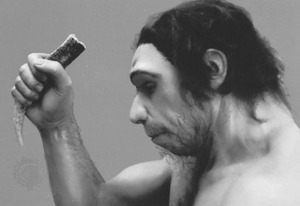
|
| ©Daniel Sol
|
| Parrots have a big brain and are also one of the most evolutionarily diversified bird clades.
|
Ever since Darwin, evolutionary biologists have wondered why some lineages have diversified more than others. A classical explanation is that a higher rate of diversification reflects increased ecological opportunities that led to a rapid adaptive radiation of a clade. A textbook example is Darwin finches from Galapagos, whose ancestor colonized a competitors-free archipelago and rapidly radiated in 13 species, each one adapted to use the food resources in a different way.
This and other examples have led some to think that the progenitors of the major evolutionary radiations are those that happened to be in the right place and at the right time to take advantage of ecological opportunities. However, is it possible that biological diversification not only depends on the properties of the environment an ancestral species finds itself in, but also on the features of the species itself? Now a study supports this possibility, suggesting that possessing a large brain might have facilitated the evolutionary diversification of some avian lineages.


